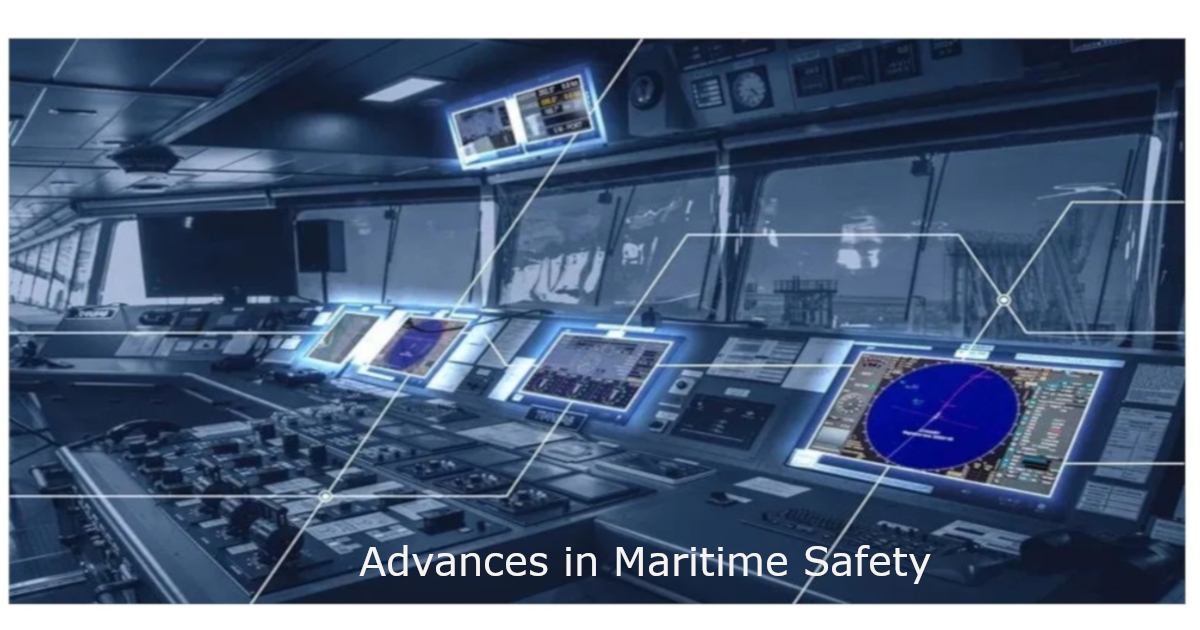Advances in Maritime Safety
A special issue of Journal of Marine Science and Engineering (ISSN 2077-1312). This special issue belongs to the section "Ocean Engineering".
Deadline for manuscript submissions: closed (11 October 2021) | Viewed by 63698

Special Issue Editors
Interests: ship collision avoidance; marine traffic safety
Special Issues, Collections and Topics in MDPI journals
Interests: maritime safety; navigational safety; maritime traffic management
Special Issues, Collections and Topics in MDPI journals
Interests: autonomous navigation; ship collision avoidance; ship route optimization
Special Issues, Collections and Topics in MDPI journals
Special Issue Information
Dear Colleagues,
Due to the nature of business, maritime safety plays a paramount role in preventing accidents and damage to property and life in the maritime industry. Despite enormous legal, technical, and technological efforts and developments, maritime accidents continue to occur in all water and connected port areas. On the one hand, technological advancements such as 24,000 TEU mega container ships, e-Navigation services, and MASS (Maritime Autonomous Surface Ships) including smart technology contribute to improving maritime safety; on the other hand, they introduce new challenges such as cybersecurity, training needs, a lack of corresponding international regulation, etc. Therefore, under the title of “Advances in Maritime Safety”, we would like to discuss innovative and creative technologies, ideas, and topics to be improved in the field maritime safety which are listed below (not an exhaustive list):
- New techniques in maritime safety;
- Maritime risk analysis/assessment;
- Accident analytical techniques;
- Safety studies on e-Navigation/MASS era;
- Cyber security in maritime operations;
- Marine traffic analyses.
Prof. Dr. Youngsoo Park
Dr. Volkan Aydogdu
Prof. Dr. Jung Sik Jeong
Guest Editor
Manuscript Submission Information
Manuscripts should be submitted online at www.mdpi.com by registering and logging in to this website. Once you are registered, click here to go to the submission form. Manuscripts can be submitted until the deadline. All submissions that pass pre-check are peer-reviewed. Accepted papers will be published continuously in the journal (as soon as accepted) and will be listed together on the special issue website. Research articles, review articles as well as short communications are invited. For planned papers, a title and short abstract (about 100 words) can be sent to the Editorial Office for announcement on this website.
Submitted manuscripts should not have been published previously, nor be under consideration for publication elsewhere (except conference proceedings papers). All manuscripts are thoroughly refereed through a single-blind peer-review process. A guide for authors and other relevant information for submission of manuscripts is available on the Instructions for Authors page. Journal of Marine Science and Engineering is an international peer-reviewed open access monthly journal published by MDPI.
Please visit the Instructions for Authors page before submitting a manuscript. The Article Processing Charge (APC) for publication in this open access journal is 2600 CHF (Swiss Francs). Submitted papers should be well formatted and use good English. Authors may use MDPI's English editing service prior to publication or during author revisions.
Keywords
- maritime
- safety
- risk management
- MASS
- e-Navigation
Benefits of Publishing in a Special Issue
- Ease of navigation: Grouping papers by topic helps scholars navigate broad scope journals more efficiently.
- Greater discoverability: Special Issues support the reach and impact of scientific research. Articles in Special Issues are more discoverable and cited more frequently.
- Expansion of research network: Special Issues facilitate connections among authors, fostering scientific collaborations.
- External promotion: Articles in Special Issues are often promoted through the journal's social media, increasing their visibility.
- e-Book format: Special Issues with more than 10 articles can be published as dedicated e-books, ensuring wide and rapid dissemination.
Further information on MDPI's Special Issue polices can be found here.







